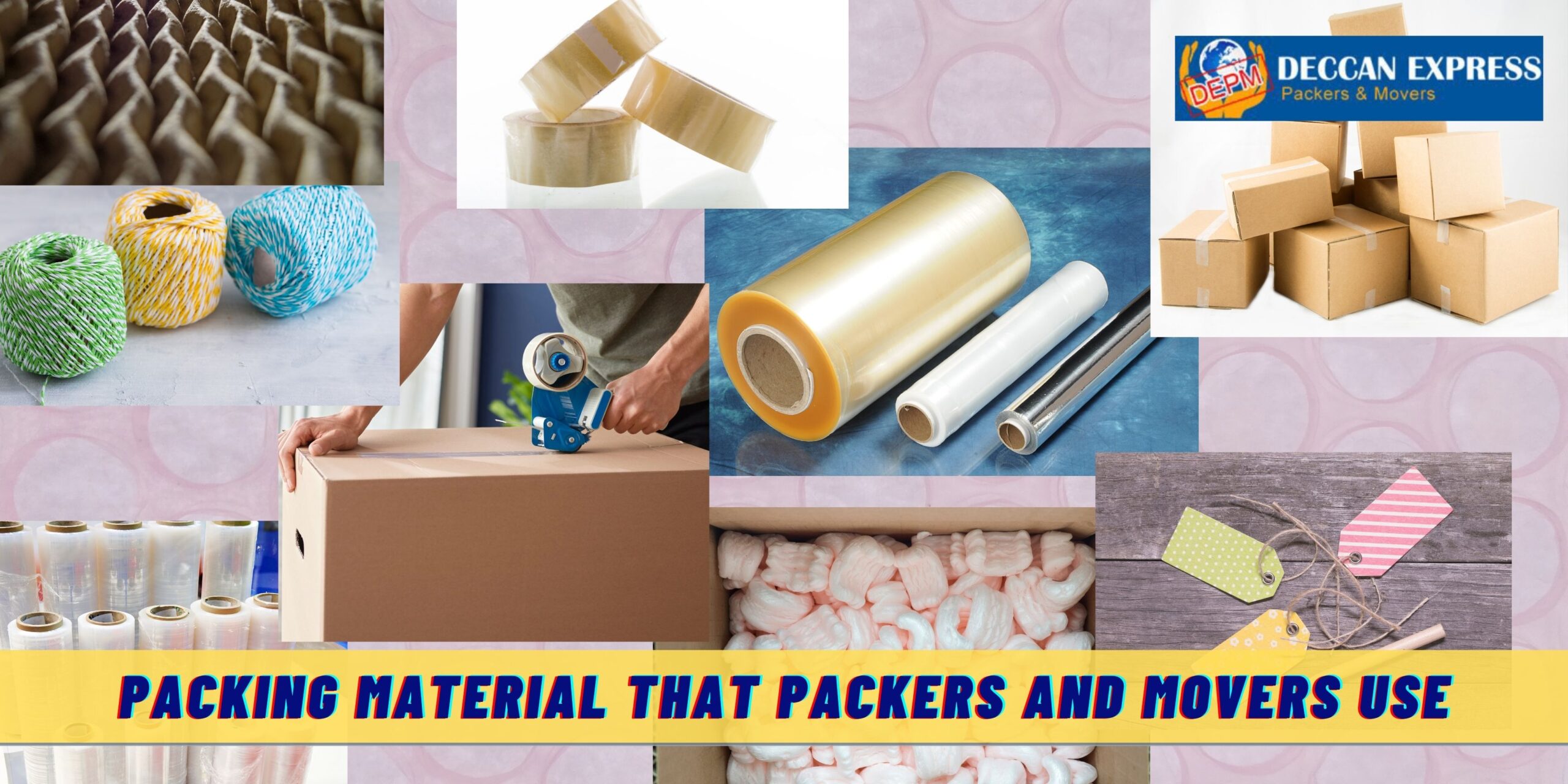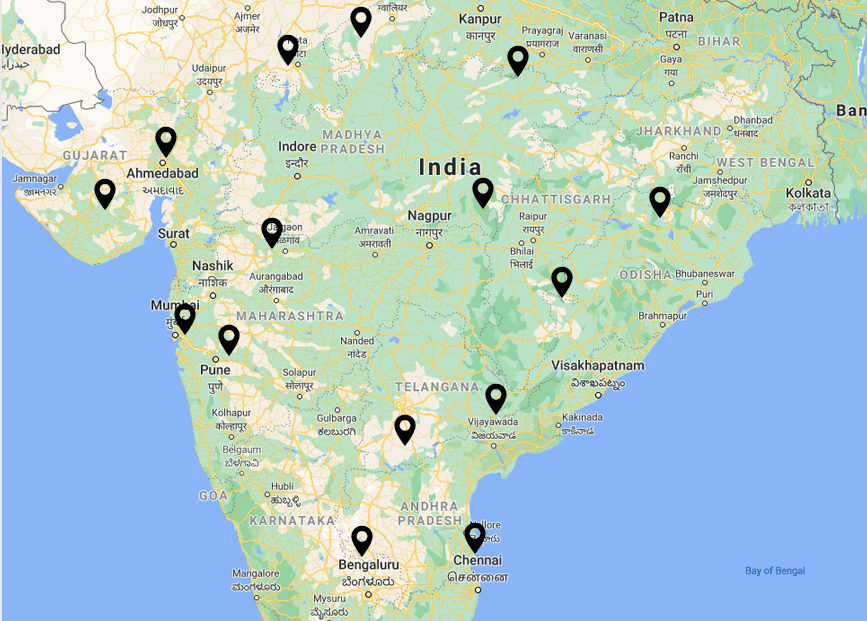Moving to a new location for a new career or new address might be exciting, but it can also be extremely stressful due to the never-ending list of things to complete. It is understandably a very taxing job to specifically pack each and every move, from selecting a moving company to obtaining durable packing materials.
This is taken care of for you when you choose reputable packers and movers in Hyderabad. They provide more than simply physically transporting your belongings. The experts of packing services in Hyderabad bring the necessary packing supplies and transportation equipment, as well as a wealth of experience. Ask the skilled packing and unpacking service in Hyderabad to find out how they can efficiently and effectively make your shifting seamless.
Many people choose to perform a part of these relocation activities themselves. This usually entails packing your own items and only engaging movers and packers for the transportation of your household goods. However, you do not want any of your belongings to be destroyed during transportation as a result of your shoddy packing. There are steps you can take to achieve this, such as selecting the appropriate packaging materials for different types of belongings, as employed by the experienced team of packers and movers. The following is the list of the most commonly used packaging materials that are used both by the experts as well as by the home owners when moving.
Corrugated Cardboard Boxes
The most adaptable packing material – corrugated cardboard boxes – is never left out of the home moving process. These are available in a range of sizes and forms. A suitable protecting material is cardboard. It does not harm the surface of your possessions. When not in use, the boxes can be folded to save space. They are, without a doubt, the most useful packaging material. They are also reasonably priced and accessible. You can sometimes receive such cardboard cartons for free by stealing them from stores that are getting rid of them when their stock runs out.
Specialty boxes
Wardrobe boxes, artwork boxes, dish boxes, mirror boxes, and other customised boxes dedicated to a specific type of item are available in a range of shapes and sizes. These are often built out of sturdy cardboard or plastic. These are shaped in such a way that they can safely transport fragile goods. Professional moving boxes and cartons are available in a number of forms and sizes to accommodate a wide range of home items.
Packing paper
In the packaging of fragile objects, packing paper is usually the first layer of protection. Glass, porcelain, ceramics, and other brittle objects are usually individually wrapped in packing paper before being placed into bigger cartons or bags. Packing paper is inexpensive and comes in clean white or brown varieties. It doesn’t leave any scratches or stains on the goods’ surfaces. It can also be crumbled to make padding in the various segments of the packed boxes.
Bubble wrap
When it comes to packing, bubble wrap is your bae. This wrapping material can cover almost anything, even the most vulnerable items, with enough wraps. And it does it without worry of scratch marks or stains appearing on the object. This can be used to pack your television, lamps, photos, frames, showpieces, idols, crockery, and other delicate objects. There are various kinds of bubble wrap on the market, each with varied bubble sizes and sheet thicknesses.
Plastic wrap
We’re all familiar with this type of stretchable plastic wrap. This packing material, sometimes known as “stretch wrap” or “cling wrap,” is majorly stretchable. It’s used to wrap perishables like food and drinks, as well as keep containers snugly closed so they don’t spill. It is wrapped around furniture with drawers and doors to prevent them from opening. Plastic wrap also keeps moisture, debris, and dust out by acting as an airtight barrier. As a result, it’s ideal for wrapping wooden furniture.
Packing tape
Packing tape is an often-overlooked packing tool that performs a significant role. One of its many applications is to close up boxes that have been packed. Packing tape is primarily used as a strengthening agent. To make the boxes more sturdy, layers of packing tape are applied below and around them. This is the distinction between successful and unsuccessful packing. Don’t skimp on the tape you use to seal and secure your containers and other packing materials. Low-quality tapes have a low adhesiveness and strength. They easily come off, exposing the contents of the box to damp, filth, and dust. Investing in higher-quality tape will save you a lot of time and aggravation.
A form of labeling
Marking your boxes is a task that is sometimes overlooked. At the time of moving out, it appears to be superfluous. When you get to your new house and realise you’ve forgotten your toothbrushes, soap, and a fresh pair of clothes, you’ll wish you’d labelled the boxes so you’d know precisely where to seek for these items right away. When it comes to unpacking, having labelled boxes saves you a lot of time and effort.
Labeling your boxes and luggage can be done in a variety of ways. On the market, there are index-based labelling stickers. Plain white paper sheets can be taped to the boxes and used to write the contents of the boxes on the paper. You might also write directly on the boxes with black marker pens.






